We live in a world where businesses and end users have adapted to the latest technologies. They have become digitized. With businesses getting digitally connected with users, the need for great user experience has shot up. As various applications, services and platforms continue to evolve regularly, UX has turned out to be a significant element in this transformation.
Now, AI (Artificial Intelligence) is the latest buzzword. It promises to improve the user experience to a great extent by working behind the curtains to render automatic and relevant responses to user queries. When we talk about the benefits of artificial intelligence, it goes even more profound.
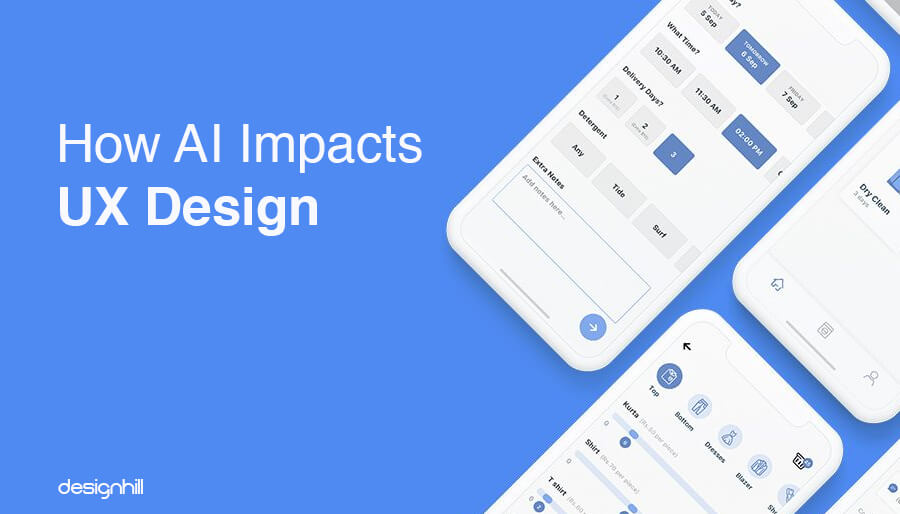
According to a survey conducted by Adobe, about 62% of design professionals expressed their interests in integrating artificial intelligence and machine learning with the creative process. AI will have a substantial effect on creativity. It also creates the possibilities of immersive and three-dimensional designs.
It’s because AI, UX design has become more sophisticated. It has also encompassed significant interactions between the users and the businesses. As we all know, UX is all about providing excellent user satisfaction. It can be done by making any product or service more accessible, usable, and easy-to-use.
Information gathering and human behavior prediction
The way artificial intelligence collects information and learns from it is the same as the user experience. It collects the data, interprets it, and then predicts the behavior. UX does the same. It also recognizes human behavior and analyzes the pattern for the next action. At present, artificial intelligence has started to extensively improve the way a user interacts with a tool or device.

Let’s take an example of Amazon’s Alexa. It’s integrated with advanced features which makes interaction with the users easy. Google’s Captcha is yet another example of AI’s role that minimizes the involvements of the bots.
AI is moving forward and creating the path for user experience to improve the quality of products and services. With predictive analytics, it aims to find the exact needs of a user and how a user behaves in certain positions.
How does AI impact UX?
Of lately, the market has experienced many transformations with regard to artificial intelligence, where it has a significant role to play. The AI-powered logo maker of TailorBrand, Designhill, and Logojoy enhances the delicate design hints. With this innovation, even people with few or zero designing skills can create a logo in minutes.
The tool works by knowing what your business is all about, identifying icons related to your industry, font pairing, and color schemes as per your preferences. The user needs to fill in the information and click to proceed further. It learns every input to create relevant and industry-specific logo designs.

Unlike a human designer, who takes about 7 to 10 days to create a mockup, the logo generator creates it within a few minutes.
To use the logo maker, a user has to go on any of the aforesaid platforms and launch it. It usually has two parts — the first one is logo creator which accepts inputs from the user and second is the editing interface which allows the user to tweak the details of the generated logo. Logo maker is in its initial state, and it has a long way to go. Another example is Google Translate. It uses artificial intelligence for improving the linguistic touch. This progression generates precise results.
Moreover, this technical innovation has proven to be ground-breaking for language barriers. Pixel Bud headphones of Google combine the power of translation. It translates the words first and then sends it directly into the ears. As language barriers disappear, people come closer and communicate freely. At present, many digital designing projects are implementing AI for better user experience.
Here are some examples of artificial intelligence powered UX innovations —
Chatbots
Since 2013, chatbots have been making a buzz around. However, at present, in association with artificial intelligence, they have become advanced. They deal with any complicated tasks. One of the best aspects of chatbots is that you don’t need to feed scripted dialogues in it. Chatbots answer customers’ queries in real-time using artificial intelligence.
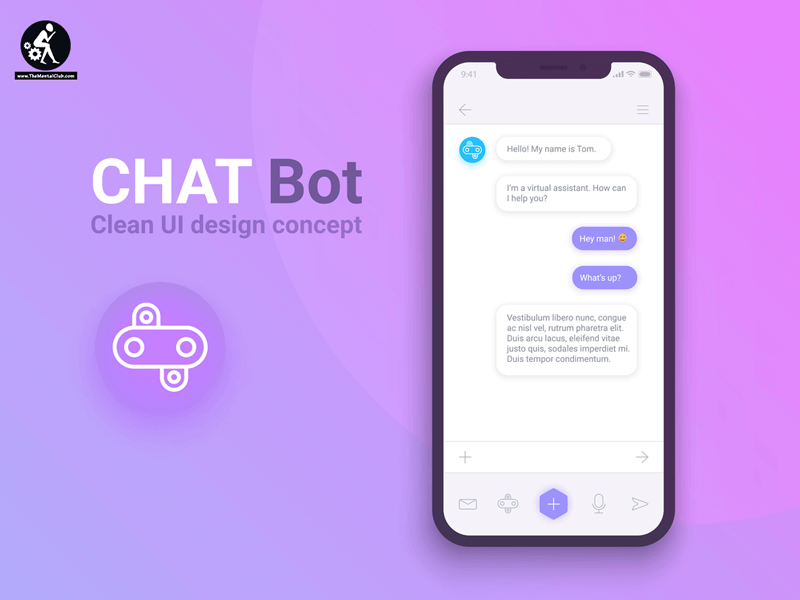
Brands like Domino’s have started using Chatbots to receive orders from customers.
TheGrid.io
We talked about it earlier; again we’re mentioning it here. Users with minimal or no design or coding knowledge can create their website with ease. Users do not need prior coding knowledge to build a website. They can ease the whole process by using Molly and TheGrid. This is possible just because of the integration of artificial intelligence in this web builder.
How does it work?
There are close similarities between the logo maker and TheGrid.io — both works on a user’s inputs.

The AI-powered website builder requires you to enter your website name, pick colors from color-palette and provide content for your site. In case you want curated content, the tool provides it from its library. However, you need to shuffle through it find some on the basis of your site’s suitability. Once done, the builder will create your site in minutes. Molly, on the other hand, is the virtual AI-designer which accepts voice commands from the users. It is just like Apple’s Siri or Amazon’s Alexa. But its functionality is different. Molly accepts your inputs and completes processes that a developer completes in weeks or months.
How AI brings user experience closer to its maximum potential?
Complex analysis of data
Previously, the UX teams used to depend on tools and metrics like A/B testing, usability tests, usage data, and heat maps to enhance user engagement with their products. However, these techniques are going to be replaced by artificial intelligence. These methods are incapable of collecting more data as compared to AI.
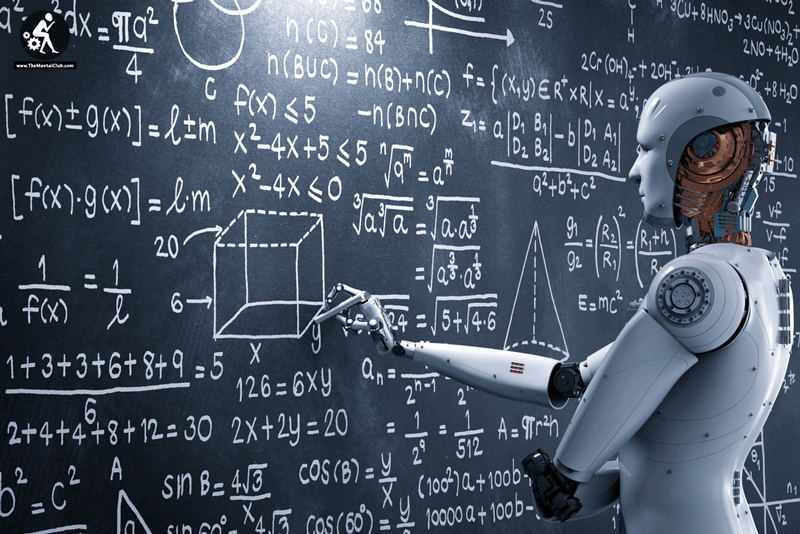
With the help of artificial intelligence, e-commerce stores can keep track of user behavior across different platforms. This tracking will provide the store owners with insights based on which they can improve their products or services, sales funnels, and drive more sales. It can also be implemented to personalize the design as per the need of the users by analyzing the data.
A business can achieve all this by deploying deep learning, which combines big data for implication. Furthermore, the systems based on their data analysis can change their behavior in real-time. Therefore, designers implementing artificial intelligence throughout their process are more likely to create better user interfaces.
Deep and improved human connection
The analysis of a considerable amount of data allows the AI systems to create a deep and improved human connection. It’s for improving relationships. Many industries have started implementing it. The use of Siri in Apple device is one of the best examples of it. When you use it, the voice-friendly digital assistant provides you with quick solutions.
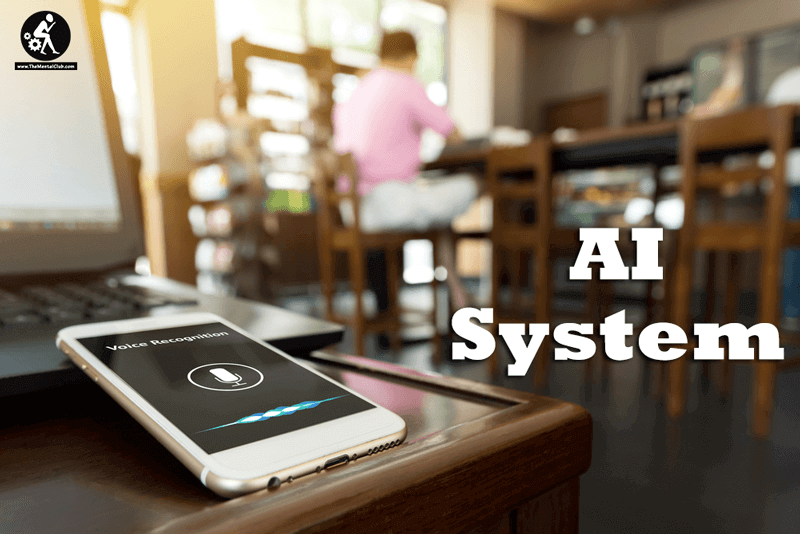
The launch of Alexa by Amazon took the industry by storm. It proved its usefulness over the period, and people started using it as a part of their smart home. It allows home-owners to do a lot of things right from scheduling meetings to placing an order from a store and searching the Web for recipes. Even Netflix’s movie or series suggestion is a suitable example of AI use.
The same goes for the famous car manufacturing company, Toyota, which is building its flagship product — Concept-i. According to the brand, it is not just a car but a companion. The simulation video lets you realize that Yui bonds with the family on a personal level that today’s UX cannot match.
By utilizing the same function again and again, users end up building a mutually supporting relationship with a particular system. That is how AI works. You use the system; it gathers the information, uses it to gain insights, becomes more useful, and renders excellent user experience. Repeating the same process makes the system smarter. It keeps going again and again. Before you figure out what’s happening, you find yourself the fond of the system.
What does artificial intelligence hold for the future of UX Design?
At present, a big brand like Facebook, Microsoft, Amazon, and Google have unleashed the potential of artificial intelligence. Altogether, they are pioneering artificial intelligence and improving user experience.
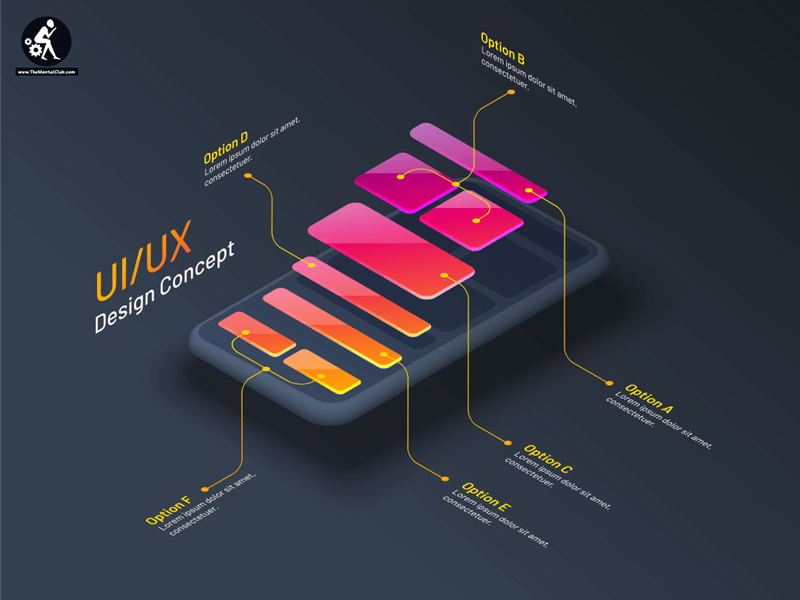
As an impact of innovation in AI, that day isn’t far behind when we will see the rise of no interface. The elimination of physical screens is said to solve the issues of distraction for the user from work. Researchers have started working on it.
As far as user experience is concerned, people significantly recognize and embrace the role of AI. The UX sector has seen a gradual boost in AI usage. In the upcoming days, AI seems to penetrate every sector for improved brand experience.
It will give relief to UX designers by taking the burden of high-level data analysis from them. It can help them to reduce the analysis time as AI collects and analyze data efficiently.
Going further and exploring the artificial intelligence domain, we can say that AI holds the ability to build an innovative personalized messaging mechanism which will learn from previous activities of the users. Soon customers can expect to get only personalized messages that would match their exact needs and interests.
Let’s talk about the Feature Snippet tool of Google, which is a great example of artificial intelligence impacting the UX. The algorithm picks a piece of information and shows it on the top of a page. It is to make the user experience better and help the businesses to boost their customer engagement rates along with the sales.
Now, it becomes essential for every brand to create content structure in such a way that the featured snippet will pick it. Moreover, it is necessary that the application development companies focus on designing their products based on the latest technologies keeping the audience’s interest in mind.
Will AI replace the UX designers?
Many would have this question popping in their mind endlessly now. So, here is the answer— NO! The reason is very simple. Artificial intelligence isn’t perfect in itself. Although it is capable of providing a personalized solution, it cannot render customer support, which consumers prefer over other means.

Machines are capable of learning and getting better, but they cannot think on their own. The role of AI is to assist people in their tasks so that they could improve their productivity and efficiency.
AI is in its preliminary stage. Handling complex tasks on its own is still challenging, so it cannot replace the UX designers. However, AI is lending a hand to UX designers in saving their valuable time and effort by streamlining the customer management services and many others.


































Comments are closed.